An intrauterine contraceptive device (IUCDs) literally means a device that is placed inside the uterus to prevent pregnancy. It is commonly known as a ring or coil by the layman. It is basically a small T-shaped plastic device with a string that is inserted into the uterus by medical professionals. There are two types of IUCDs, one which contains copper and the other which releases hormones. It is a long-term method of birth control having a reversible type of contraception (birth control). IUCDs cause changes in the uterus and prevent an egg from fertilization or stop the implantation process.
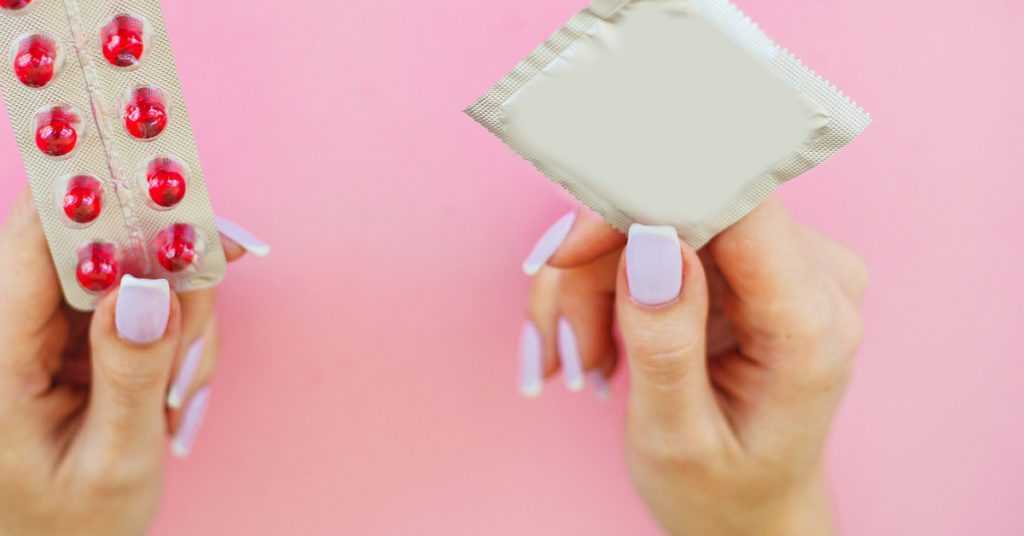

Types Of IUCDs
Here are some major types of IUCDs which are approved by the FDA (Food and drug authority) of the USA.
Copper-Containing IUCDs
The copper-containing IUCD comes under the brand name Paragard. In which a copper wire is coiled around the plastic T-shaped device. It is used for birth control and for emergency contraception.
The device can be placed in the uterus which can last for 10 years. It can be used in women of any age. And on the removal of this device, fertility returns quickly.
How Does It Work?
The copper produces inflammatory reactions within the uterus that are harmful to the sperm. Hence it prevents the fertilization process.
For emergency contraception, it can be used within 5 days of unprotected intercourse. It is the most effective form of emergency contraception available. It is more effective than emergency contraceptive pills. It prevents the fertilization and implantation process. And the additional advantage is that it can be used for birth control for 10-12 years after insertion.
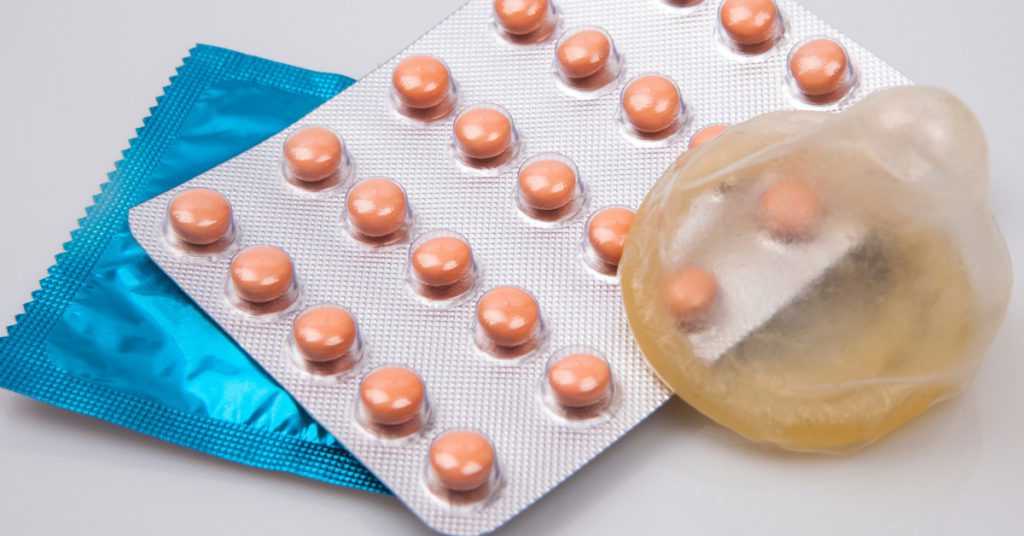

Advantages
- Do not contain hormones
- Used up to 10 years
- 99% effective
- Used as an emergency contraceptive
- Starts working almost immediately
- On removal, fertility returns i.e. they are the reversible type of birth control
Side Effects
The major side effects are;
- Heavy bleeding
- Discomfort
- A long period(menstruation)
- Backache
- Cramps
Hormone-Containing IUCDs
Hormone-releasing IUDs are used for birth control, to control heavy bleeding, and to prevent the thickening of uterus walls in patients who are on estrogen replacement therapy.
Mirena is the most famous hormone-releasing IUCD. Skyla is another type of it. They both contain the same hormone in them but Skyla is small in size as compared to Mirena. Skyla can be placed in the uterus for 3 years and Mirena has a life of 5 years.
How Does It Work?
They slowly release hormones each day in the body. They contain a progestin hormone named Levonorgestrel. That is present in birth control pills also.
They prevent pregnancy in these ways:
- The female body ovulates less often.
- It thickens the cervical mucus which blocks the sperm passage into the uterus
- Thinning the lining of the uterus
- Prevent sperm to bind with the egg and attaching to the uterus
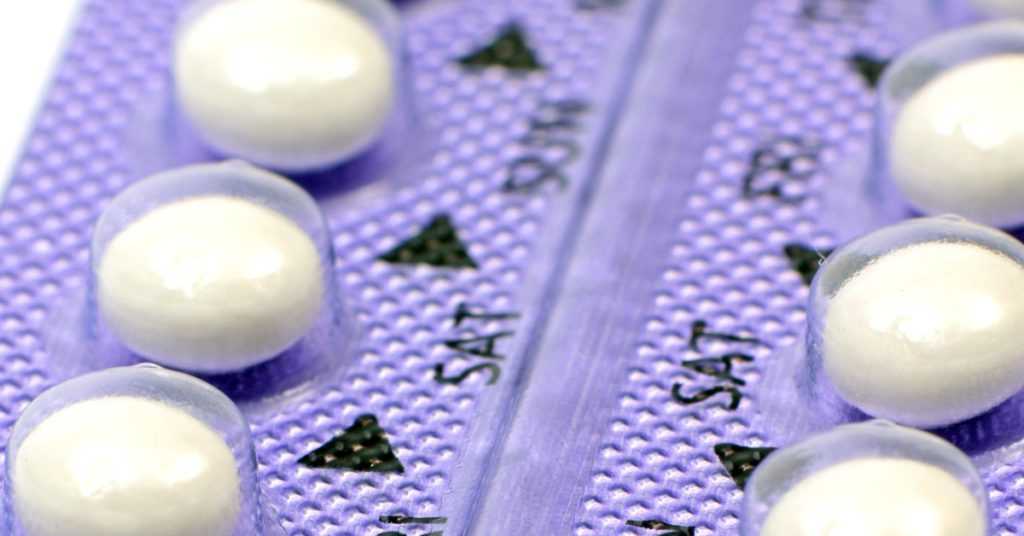

Other than these two types of hormone-releasing IUCDs, Liletta and Kyleena are the newest ones. Litletta is approved by the FDA in February 2015 and kyleena is approved in September 2015. That’s why less research has been done on these two types. You can also speak to the best gynecologist in Karachi or any other city of Pakistan via Marham. pk and get help.
Advantages
- They are helpful for short-term contraception for 3 to 5 years.
- They do not increase menstrual bleeding.
- They are used to control heavy menstrual bleeding in women who have menstrual bleeding issues.
- Mirena improves endometriosis and prevents endometrial hyperplasia (thickening of uterus walls) and reduces women’s risk of endometrial cancer.
Side Effects
The major side effects of this type of IUD are
- Acne
- Breast tenderness
- Ovarian cysts
- Lessor no periods
- Headache
- Depressed mood
- Pain in the abdomen or pelvic area
- Weight gain
Insertion And Removal Of IUCDs
Insertion of IUCD is done in the doctor’s office. The doctor uses a special inserter to put the IUCD in the uterus through the vaginal opening. The process takes less than five minutes.
Removal of the IUCD is also done by professional doctors. The doctor looks for your IUCD string and uses forceps to grasp the string and slowly pull it out. The flexible arms of the IUCD fold up as the IUCD slides through the opening of the cervix.
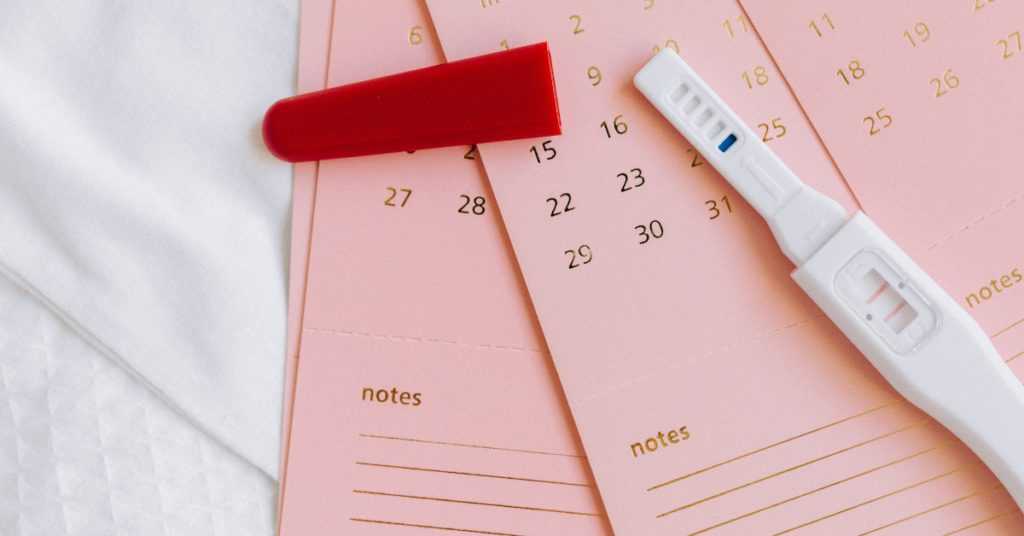

Drawbacks Of IUCDs
All the types of IUCDs are almost equally effective for contraception i.e. over 99%. Unfortunately, no method of contraception is 100% safe. One of the most problematic drawbacks of IUCDs is placement-related complications. In this situation, the IUCD moves from its place and attaches or goes through the wall of the uterus. Hence causing other problems. Sometimes the device comes out also. But they are very rare situations.
The string of the IUCD which is present in the cervix should be checked every month or after a few months according to your doctor’s instructions.
The Risk Associated With IUCDs
Ectopic pregnancy (pregnancy in tubes or other sites instead of the uterus) is the main risk factor associated with IUCDs.
You Can Not Get An IUCD If…
- You have any Sexually transmitted disease (STD) or any pelvic infection
- You have cervical cancer
- You have cancer of the uterus
- You have abnormal vaginal bleeding
- You think you might be pregnant
- You have liver disease
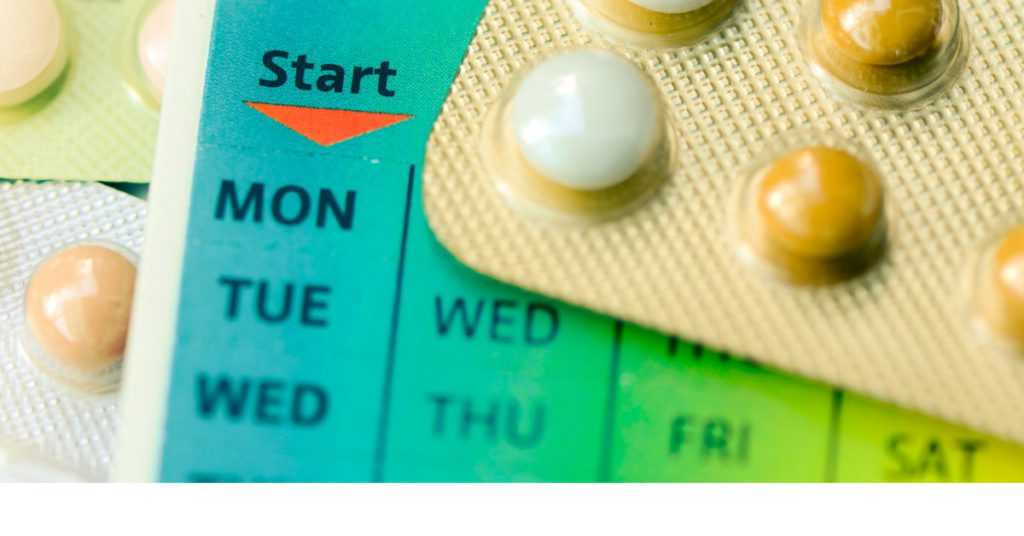
Some Important Facts You Should Know About IUCDs
- The insertion and removal of IUCD are not very painful. Rather it causes cramping for a few hours to a few days. Sometimes the insertion of IUCD makes you dizzy also.
- You may get a heavy period or your menstrual period disappear completely
- They are more effective than contraceptive pills
- They are the most common method of contraception used by female doctors
- They do not stop ovulation. Even in hormonal IUCD, the hormone is released in the uterus and very less amount is absorbed into the bloodstream.
- You can still get pregnant later because it’s a reversible method of contraception
- Your partner cannot feel it during intercourse
For choosing the best method of contraception, you should always consult the best gynecologist in Lahore and other main cities of Pakistan from where you belong. Only they can decide which type of IUCD is suitable for you according to your age, health, and lifestyle. PLEASE, take your reproductive health seriously and consult the best doctor.
FAQ’s
What is the intrauterine contraceptive device?
A small plastic T-shaped device used for birth control is known as an intrauterine device (IUCD). It is placed in the uterus and remains there to prevent pregnancy.
What are the complications of the intrauterine contraceptive device?
- Lost strings
- Infection
- Expulsion
- Perforation
What is the importance of an intrauterine device?
They have a greater than 99 percent success rate in preventing pregnancy and they have a long lifespan – Mirena can last 5 years and the copper IUD can last 10 years.
Book an appointment now, to answer all your queries. You can book an appointment with the top gynecologist in Karachi through Marham by calling at Marham helpline: 0311-1222398 or by online booking facility through the website or Marham mobile app.
Can’t Find The App?
Android Users:
https://play.google.com/store/apps/details?id=controllers.marham.marhammed&hl=en
Drop a review for us at Playstore if you’ve had a good experience!
iPhone Users:
https://apps.apple.com/pk/app/marham-find-a-doctor/id1095243102
Stay Home. Stay Safe!

